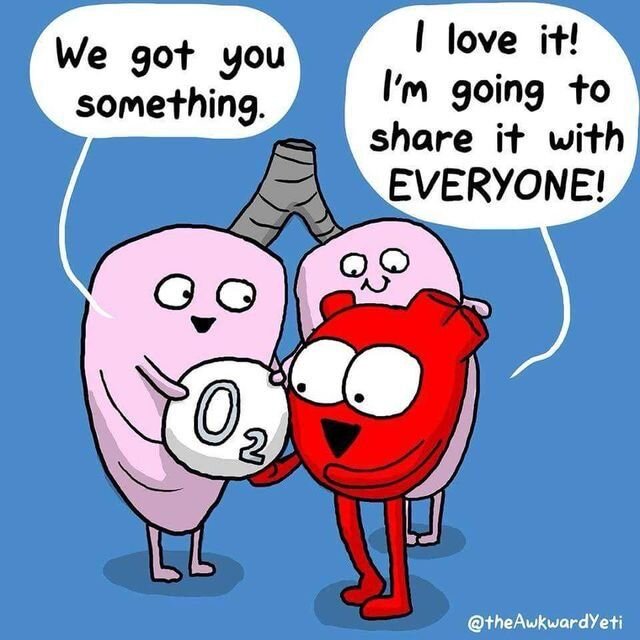APT: Acute Respiratory Failure
Your patient is short of breath, tripoding on the side of the bed, you’re watching the O2 sat drop. What do you do? This week we hope to help give you additional tools to recognize when someone is in Acute Respiratory Failure. In preparation the required reading is about mechanical ventilation and an outline on acute respiratory failure. If there is time you should read the review article from NEJM on ARDS.
Required Reading
Essential Reading
APT: COPD
On October 22, we will be focusing on COPD for our Academic Half Day. In preparation there is a review article posted for pulmonary function tests. In addition, please review the GOLD Pocket guide. The guide itself is quite long, please focus on the diagnosis and management sections in the guide.
Indications for Noninvasive mechanical ventilation (at least one of the following)
Respiratory acidosis
Severe dyspnea with clinical signs suggestive of respiratory muscle fatigue, increased work of breathing, or both, accessory muscle use (paradoxical motion of abdomen, retraction of intercostal spaces)
Persistent hypoxemia despite supplemental oxygen therapy
SUMMARY
Classification of Airflow limitation severity in COPD
GOLD 1 (Mild): FEV1 ≥ 80% of predicted
GOLD 2 (Moderate): 50% ≤ FEV1 < 80%
GOLD 3 (Severe): 30% ≤ FEV1 < 50%
GOLD 4 (Very severe): FEV1 <30% of predicted
Triple therapy:
IMPACT Trial (Once-Daily Single-Inhaler Triple versus Dual Therapy in Patients with COPD (nejm.org) : phase 3 RCT that compared effects of once daily triple therapy with LABA+LAMA+ICS vs: LABA/ICS or LABA/LAMA on COPD exacerbation
in contrast to FLAME trial which showed a benefit of LAMA-LABA over ICS-LABA for prevention of exacerbations
triple therapy led to significantly lower rates of moderate or severe COPD exacerbations and better lung function and quality of life
Long term supplemental O2 therapy
indicated for stable patients who have SaO2 ≤ 88% or PaO2 ≤ 55mHg
also indicated if PaO2 between 55 and 60mmHg if also evidence of pulmonary hypertension, CHF, polycthemia (Hct > 55%)
NEJM LOTT trial (A Randomized Trial of Long-Term Oxygen for COPD with Moderate Desaturation | NEJM) - patients with stable COPD and resting or exercise induced moderate desaturation, the prescription of long term O2 did NOT result in longer time to death or 1st hospitalization than no long term O2.
APT: Syncope
Academic Half Day will cover classification and management of Syncope.
Prior to attending you will review articles on how to manage syncope and an article specifically reviewing how well physicians can accurately identify cardiac syncope.
APT: Pneumonia
On Friday 9/25 we will be discussing pneumonia. Please read the articles below prior to AHD to help give a good foundation. You are only responsible for the first 7.5 pages of the VAP/HAP guidelines, which is the executive summary, and the CAP guidelines below.
APT: Acute Coronary Syndrome (ACS)
For this week’s Academic Half Day we will review ACS guidelines. In preparation for the day you will review the use of TIMI and GRACE scores with in risk stratification, a review article from NEJM, and an article outlining management from Cleveland Clinic.







